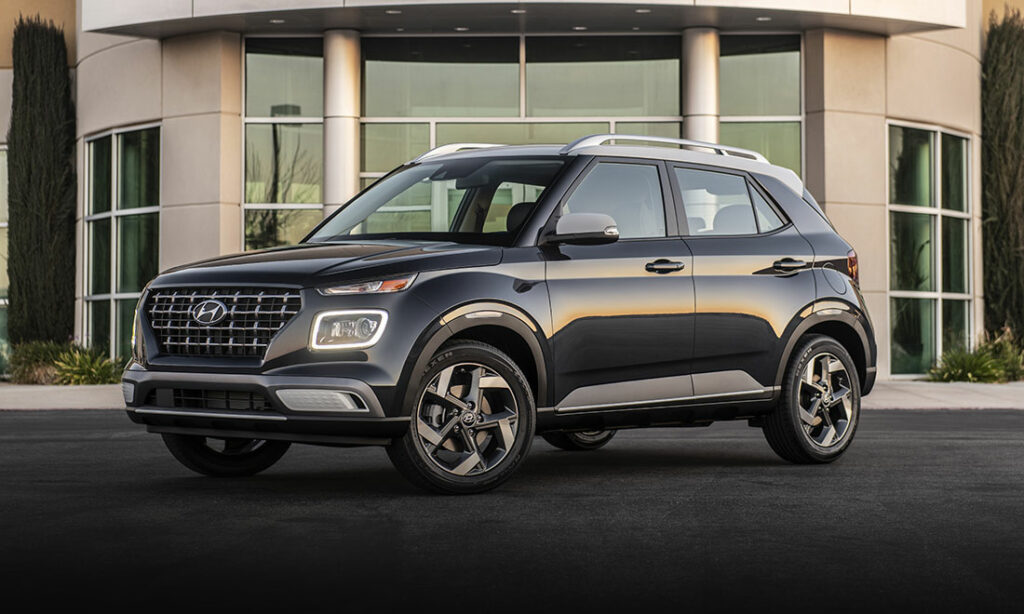Retro Review: Plymouth GTX
The quiet middle child of Chrysler’s muscle cars, the unsung Plymouth GTX boasted both refinement and displacement.
The Gentleman’s Muscle Car
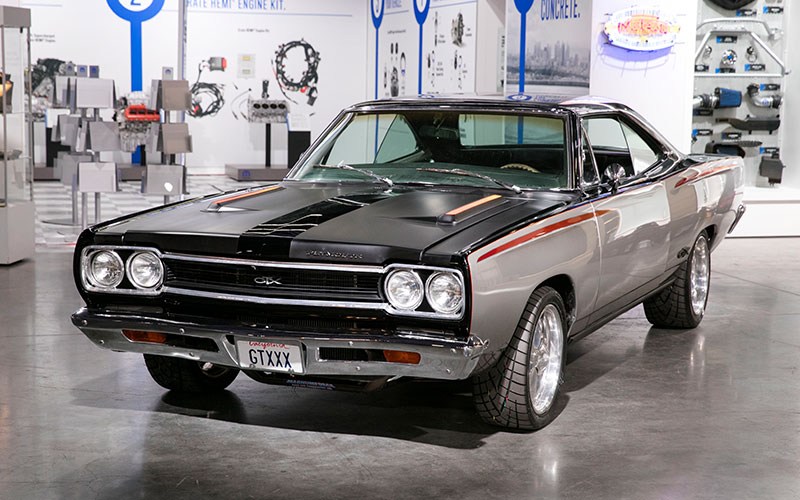
1968 Plymouth GTX – media.stellantisnorthamerica.com | Shop Plymouth GTX on Carsforsale.com
The list of classic MOPAR muscle cars is long. Greats like the Dodge Challenger and Charger and the Plymouth Road Runner and Barracuda loom largest. Lesser known are cars like the Plymouth GTX. The GTX was marketed as “the gentleman’s muscle car” and offered an upscale interior and big V8s. In a market focused on younger buyers, it was an odd choice and the GTX would see just five model years before cancellation. This short tenure means the Plymouth GTX is a rare and valuable collectors’ car today, especially convertibles or those equipped with the optional 426 Hemi V8.
1967 – First Generation
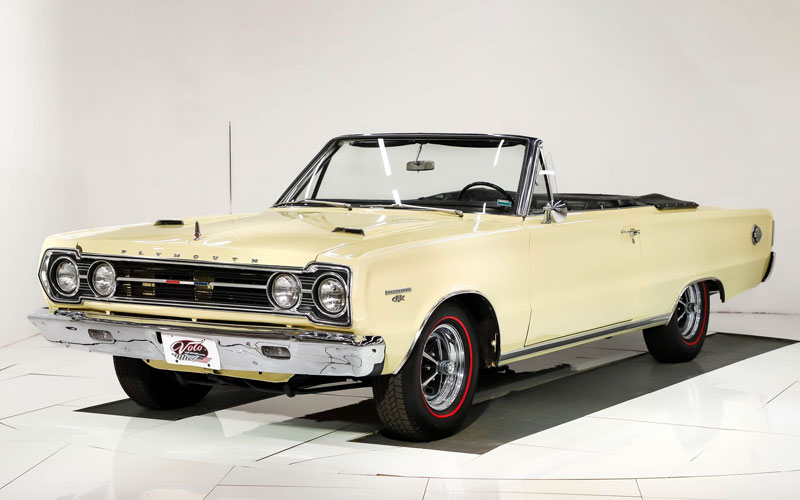
The GTX began as a specialty trim of the Plymouth Belvedere in 1967. It featured a few visual distinctions like a pair of small (and fake) hood scoops, a “pit stop” fuel cap, and optional racing stripes, but the real selling point was either of the GTX’s two V8 options. The standard engine was the 440 “Super Commando” V8, and for the diehards and drag racers there was the 426 Hemi and its 425 horsepower. The GTX came in two body styles, coupe or convertible. Reviewers noted the GTX’s impressive handling thanks to its “heavy duty” suspension.
1968-70 – Second Generation
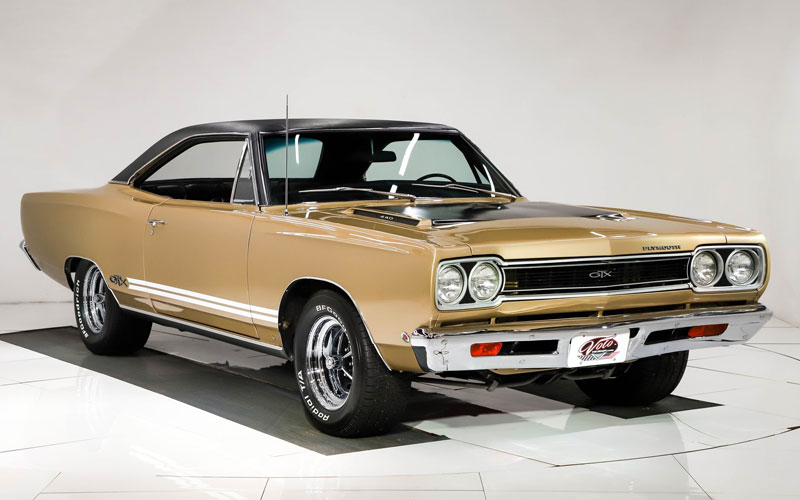
For 1968, the GTX got its own distinct nameplate and a visual redesign that shed the boxy mid-60s styling for the smoothed-out edges of its muscle car contemporaries. Again, the 440 was by far the more popular engine choice. It was already plenty powerful at 375 horsepower and nearly identical torque to the 426 Hemi at 480 lb ft versus 490 lb ft. Just 450 Hemi-equipped GTX were sold in 1968.
Even fewer Hemis sold in 1969, just 209 in total. Part of the reason for the dip was the addition of a second version of the 440. The base four-barrel version was now joined by a three two-barrel carb version that made up to 390 horsepower. This version was commonly referred to as the 440+6. A new optional “Air Grabber” hood scoop was also added for the Hemi and 440+6. This same year, the Road Runner got a convertible version, cutting into GTX drop top sales.
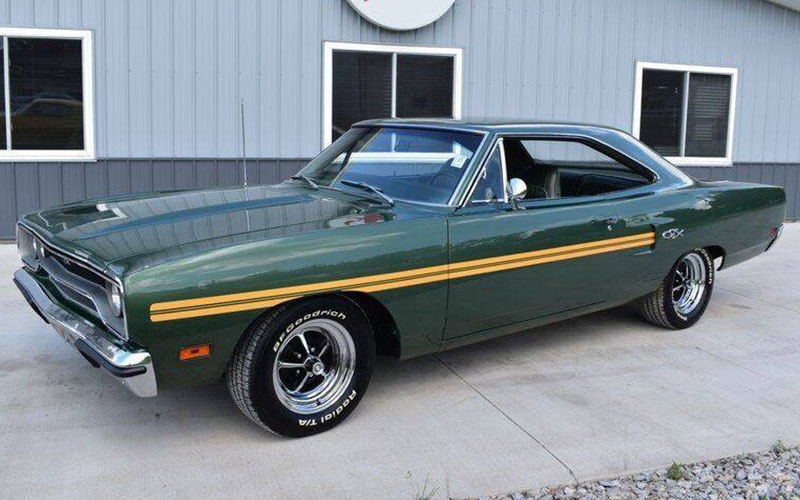
The convertible version of the GTX was dropped for the following 1970 model, which saw additional exterior revisions that included a new grille, new “power bulge” hood (do not ask), and rear (and again fake) brake vents. Sales for the GTX slipped to 7,748 units in 1970.
1971 – Third Generation
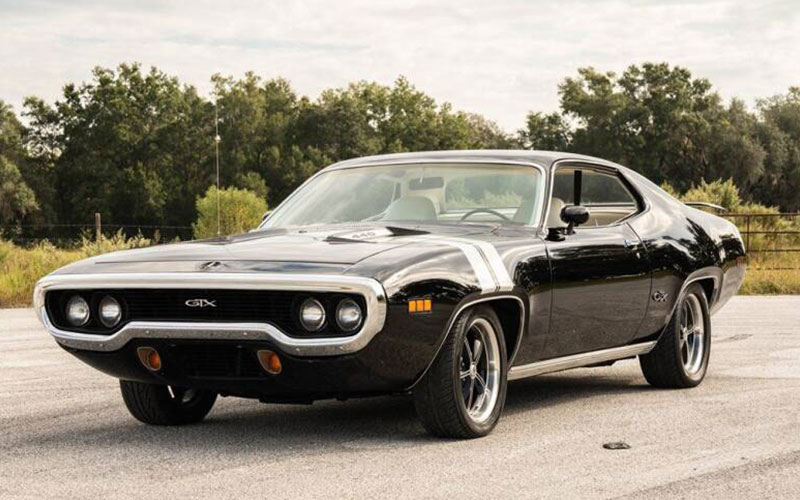
Despite flagging numbers, Plymouth gave the GTX one more shot with major updates in 1971 that included a new wrap-around front bumper and recessed grille. The car was also slightly smaller, with a shorter and wider wheelbase. This was the GTX as its most streamlined, as its “fuselage” design emulated the “Coke bottle” contours of muscle cars like the Pontiac GTO and Dodge Charger.
The GTX, incidentally, has another connection to the GTO, its name. GTX does not signify anything in particular, which is appropriate because the “GTO” in Pontiac GTO was lifted from Ferrari’s 250 GTO or Gran Turismo Omologato. Plymouth’s use of GTX was, in effect, a rip-off of a rip-off, but it sure did sound cool.
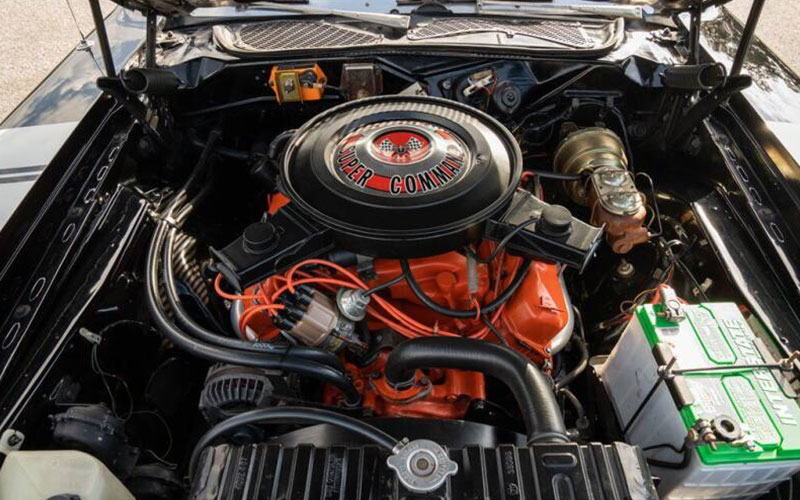
Plymouth GTX 440 “Super Commando” V8 – carsforsale.com | Shop Plymouth GTX on Carsforsale.com
The 440 engines saw a slight dip of five horsepower for 1971, thanks to emissions regulations. The 426 Hemi retained its 425 horsepower, but sales numbers for this engine also reached their nadir at just 30 produced in the GTX’s final year. Despite its cancellation after 1971, the GTX name continued on as a new trim level for the Plymouth Road Runner in 1972.
The “gentlemanly” GTX was overshadowed by Chrysler’s better-known, and better-selling, muscle cars. But those low production numbers mean the GTX is a rare breed of collectors’ car today. Good condition coupes typically go for around $80,000 right now, while rarer convertibles and numbers-matching 426 Hemis run well into six figures.


